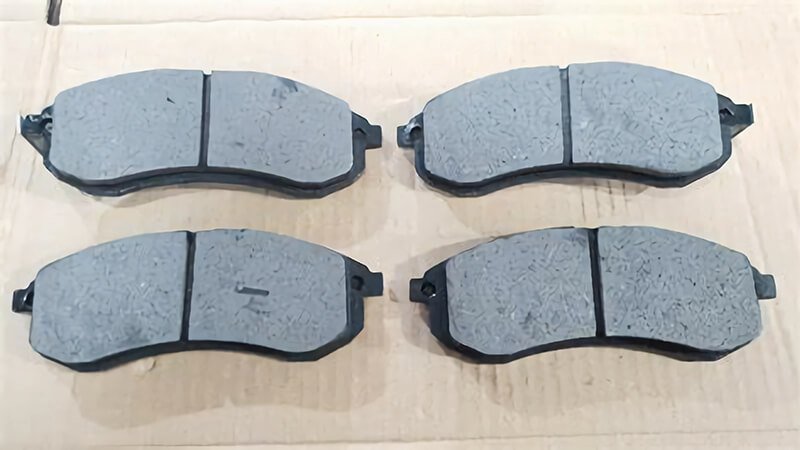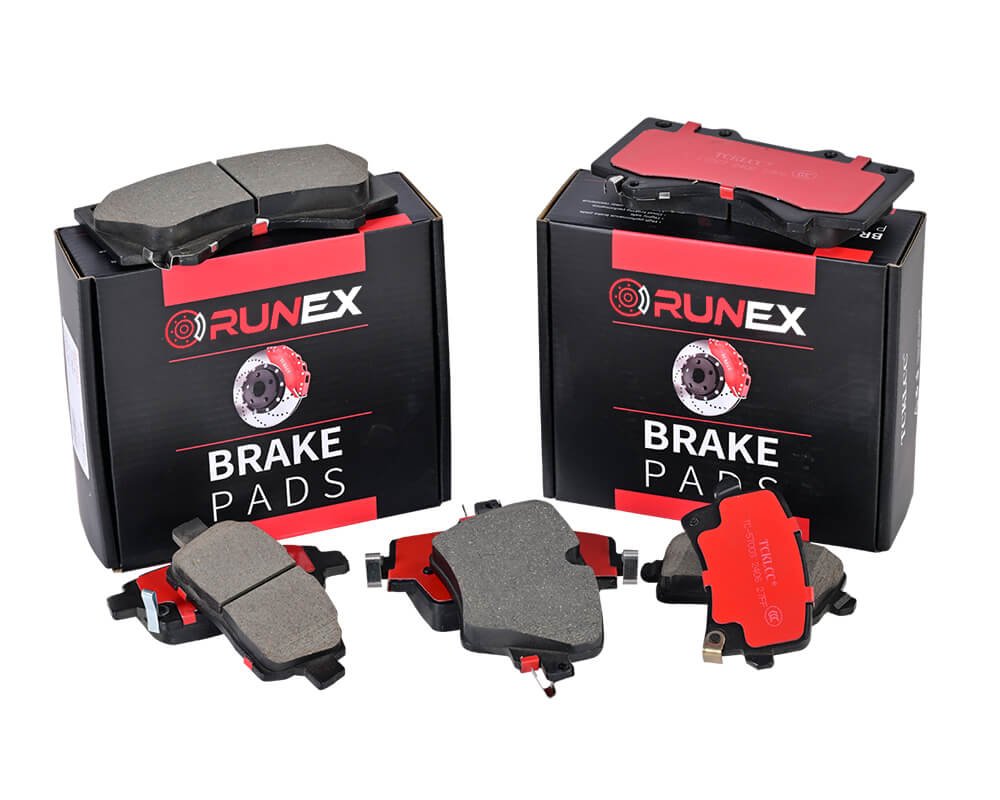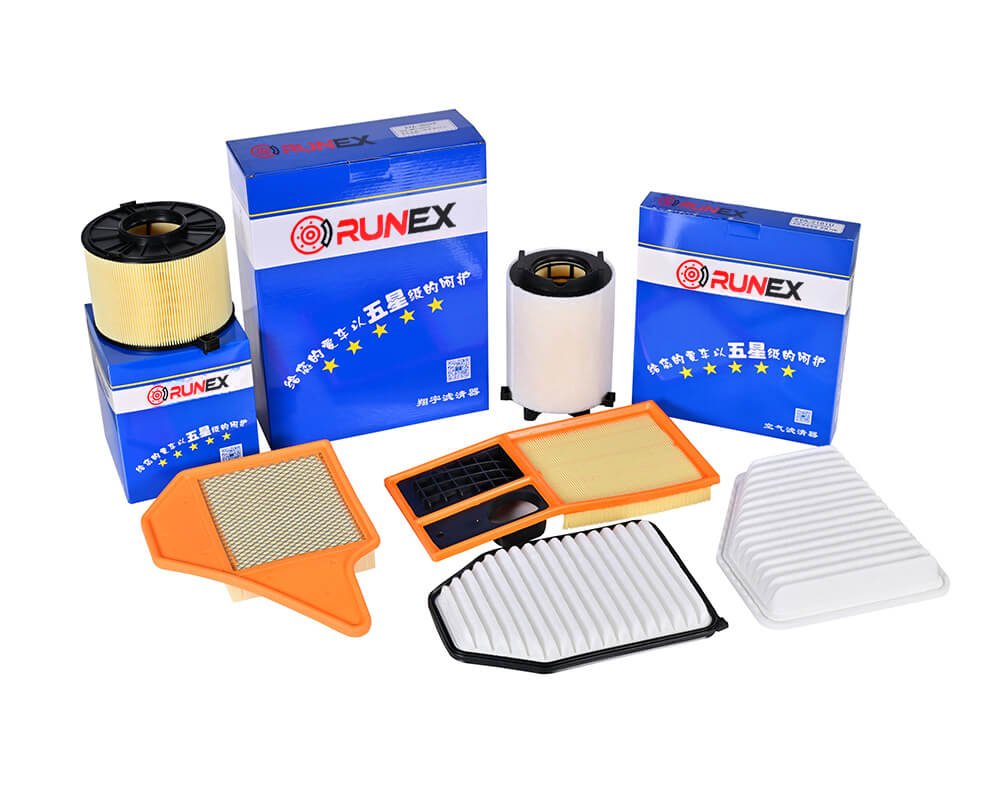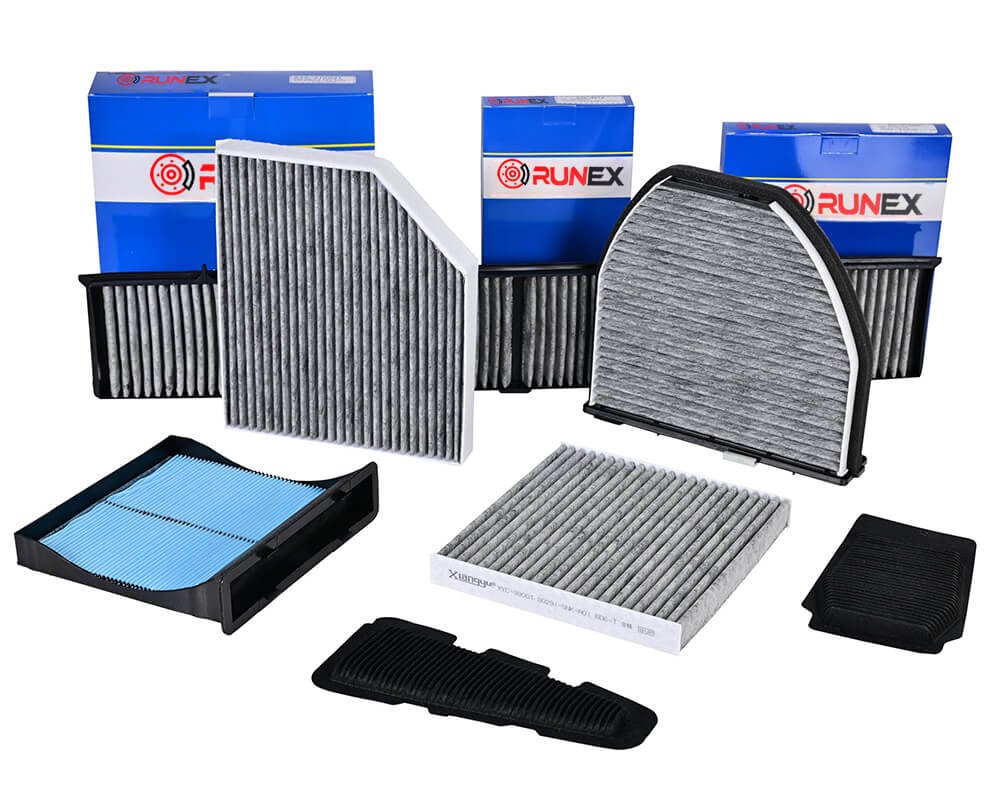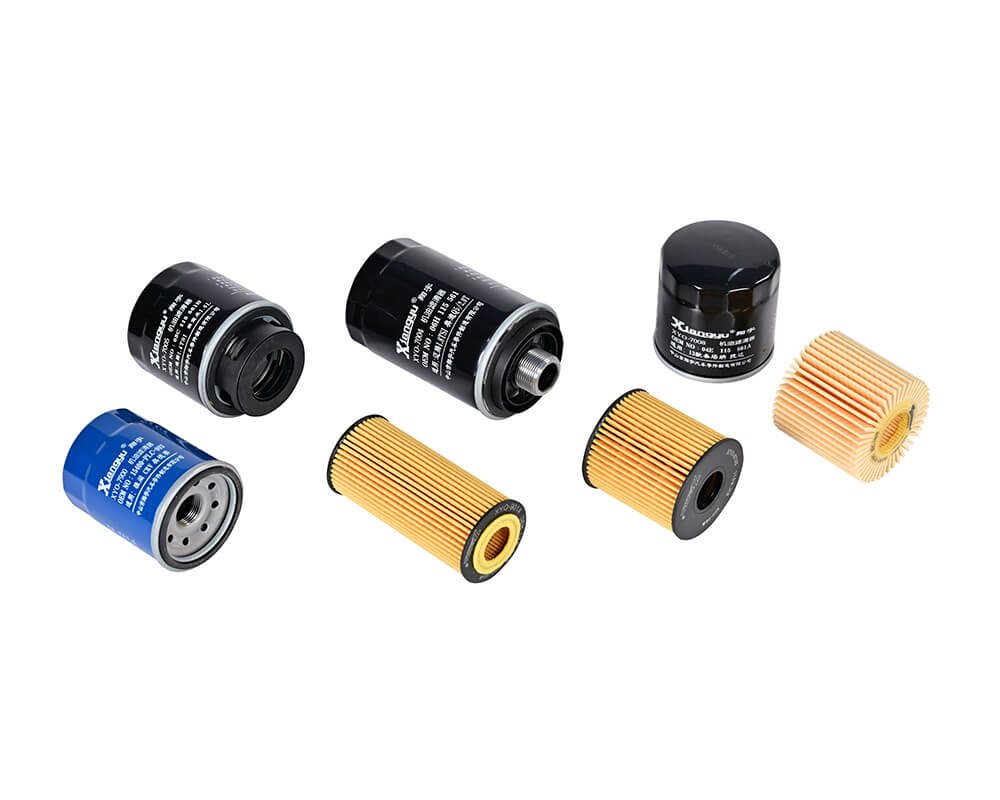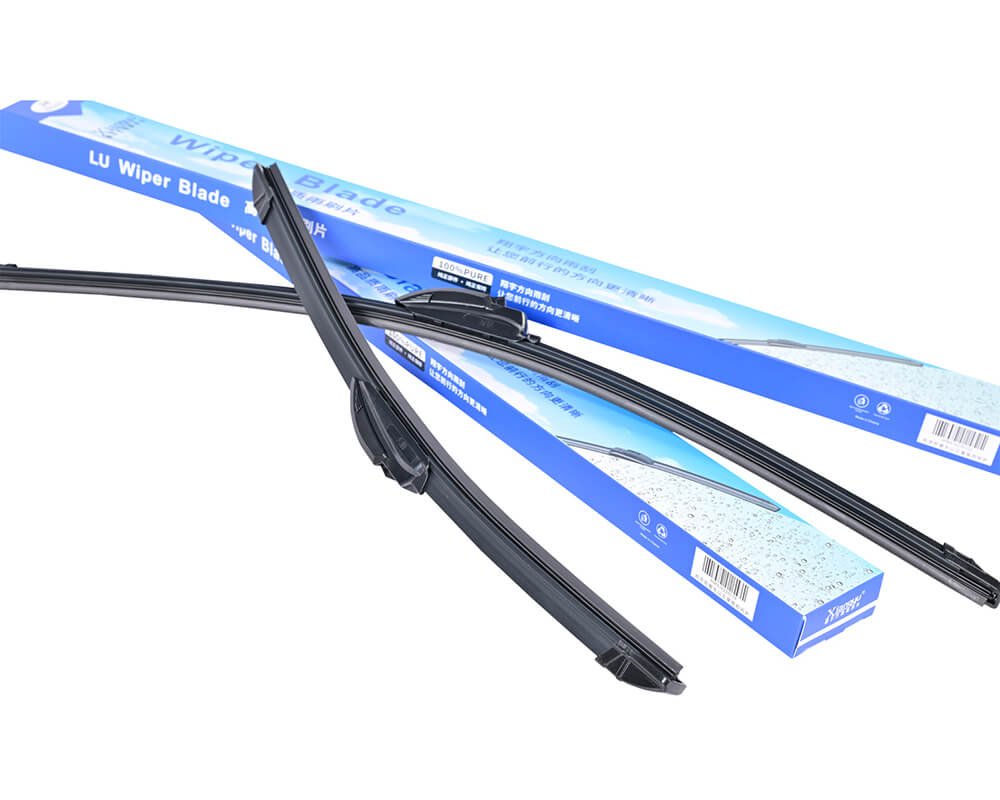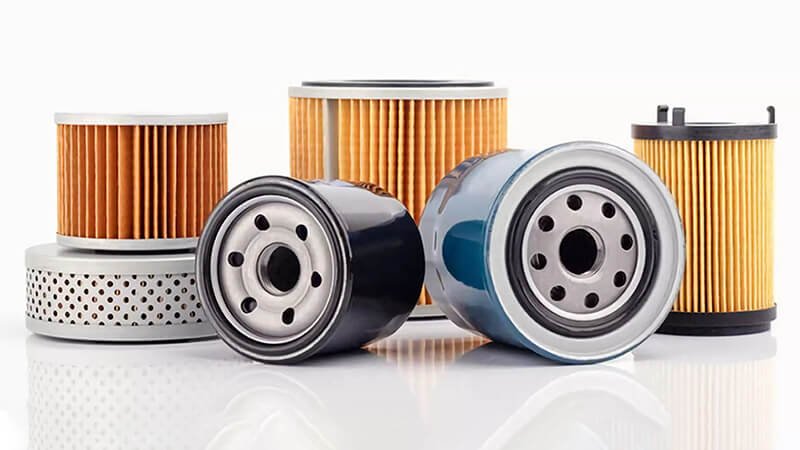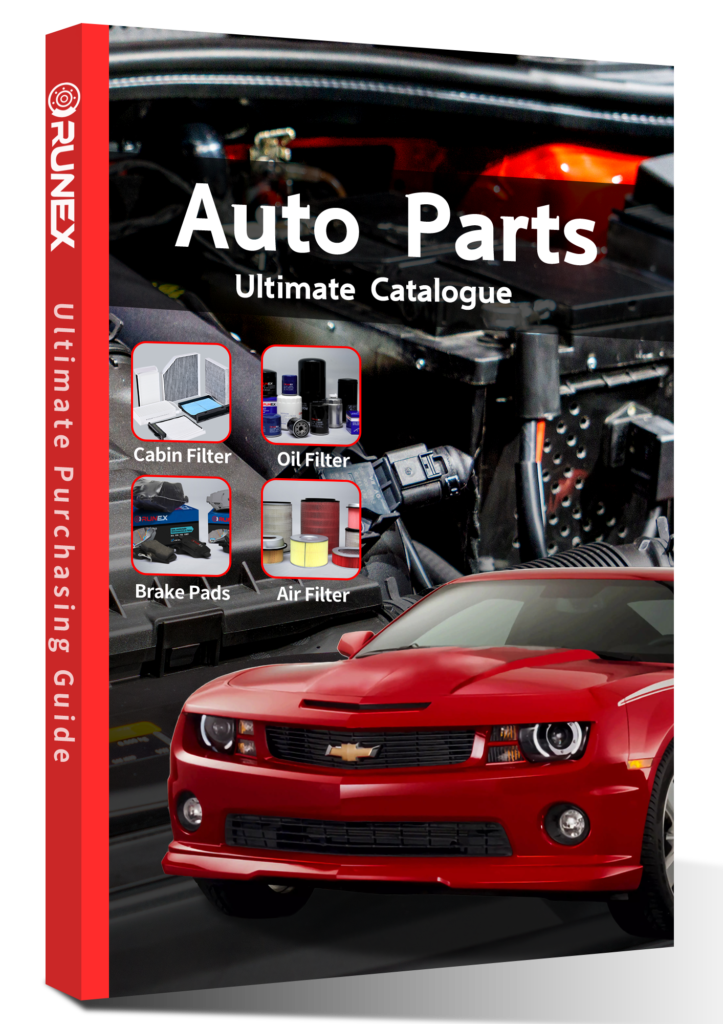Replacing your car's brake pads might seem like a simple task, but it’s far more than just swapping out worn parts. A lot can go wrong if it’s not done correctly. Let’s explore why brake pad replacement requires precision and why choosing the right parts matters.
Replacing brake pads isn’t as easy as it seems. While it’s technically possible to do it yourself, precision is key. Using the right tools, torque, and certified parts ensures your vehicle’s safety and performance. Let’s dive into how difficult the process really is and why it’s worth investing in quality parts.
Before we get into the nitty-gritty of replacing brake pads, let’s first look at how challenging this task really is. With the right tools and parts, it may be manageable—but what does it really take?
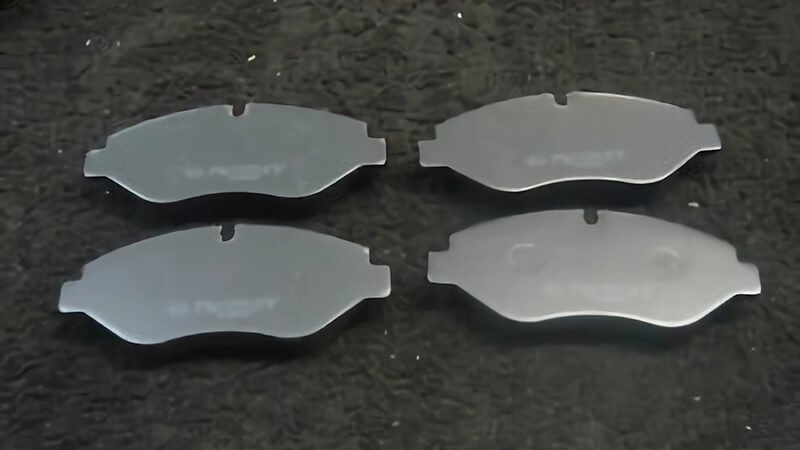
How difficult is it to replace your brake pads?
Replacing brake pads might seem like a DIY dream for some, but it’s more intricate than just lifting the car and swapping out worn parts. It requires the right tools, knowledge, and an understanding of how braking systems work.
Brake pad replacement can be manageable if you have the right tools and know-how. However, even a small mistake—like failing to apply the correct torque or using incompatible parts—can lead to uneven braking or even safety risks. Let’s take a deeper look at what’s involved.
The process of replacing brake pads is relatively straightforward for an experienced mechanic, but it can be challenging for a beginner. It requires precision at each step to ensure the brake system works as it should.
Necessary Tools and Equipment
The most basic tools required include a car jack, jack stands, a lug wrench, a brake caliper tool1, and a torque wrench. These are essential for safely lifting your car, removing the wheels, and ensuring that the new pads are properly installed. For those unfamiliar with brake systems, using these tools can be tricky. Improper lifting or misalignment can cause significant issues with the braking performance.
Step-by-Step Process
First, you need to lift the car securely and remove the wheel to access the brakes. After removing the wheel, you’ll need to unbolt the brake caliper to slide out the old pads. The pads should be checked for wear and properly cleaned before installing new ones. Proper alignment of the caliper and pads is crucial, and the caliper must be torqued to the correct specification to ensure safe, smooth braking.
Common Pitfalls
One of the biggest challenges is ensuring that the brake pads are correctly aligned and the caliper is securely bolted back into place. If the pads are installed unevenly or the caliper is too tight, it can cause uneven wear and lead to reduced brake efficiency or even failure. A mismatch between the brake pads and the vehicle’s system can also lead to uncomfortable noises or vibrations when braking.
Certified Brake Pads
This is where certified brake pads2 come into play. Runex Auto’s brake pads are specifically designed to meet OEM standards, ensuring that the parts fit seamlessly and perform at their best. Using our certified brake pads reduces the risk of installation errors and guarantees better performance and safety.
In short, while replacing brake pads may be possible for an experienced DIYer, it requires precision and careful attention to detail. The complexity increases when you're trying to ensure that the job is done correctly and safely.
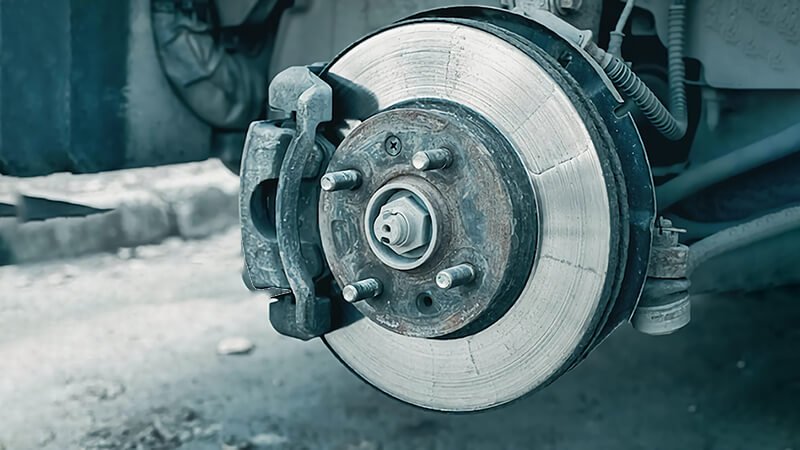
Is it worth replacing brake pads yourself?
You might be wondering if replacing brake pads yourself is worth the effort or cost. After all, it sounds like a simple enough job, right? But is it really as straightforward as it seems, and what’s the potential benefit of taking it on yourself?
Replacing brake pads yourself can save money, but it requires the right tools and knowledge. If you’re unsure about the process or lack the proper equipment, it may be more beneficial to leave it to the professionals. Let’s explore when it makes sense to do it yourself and when it’s better to seek expert help.
For many car owners, doing the job themselves is an attractive option to save on labor costs. But is it really worth it?
Pros of DIY Brake Pad Replacement
One of the most obvious benefits is cost savings. Labor costs for brake pad replacement can add up, especially if you’re frequently having your vehicle serviced. By doing it yourself, you save that money and can invest in higher-quality parts or tools. Additionally, for those who enjoy working on cars, replacing brake pads3 can be a satisfying and educational experience.
Cons of DIY Brake Pad Replacement
The main downside is the level of expertise required. Even minor errors, such as improper caliper torque or mismatched brake pads, can lead to unsafe braking conditions. For example, incorrect torque could lead to uneven brake pad wear or even caliper failure. Additionally, if you lack the right tools, the job can become much more difficult, and the risk of making a mistake increases.
The Role of Certified Parts
Using high-quality, certified parts4 like those from Runex Auto can make DIY brake pad replacement more feasible. Our brake pads are designed for easy installation, compatibility, and long-lasting performance. They ensure that even if you're tackling the task yourself, you’re using the best possible components, reducing the likelihood of issues down the road.
When to Seek Professional Help
If you’re not confident in your mechanical skills or lack the necessary tools, it may be wise to seek professional help. Professional mechanics are trained to deal with the intricacies of brake systems, ensuring your car is safe to drive after the work is done. In these cases, the added expense of labor can be worth the peace of mind.
While it’s possible to replace brake pads yourself, the complexity and need for precision mean that it’s often a job best left to the experts. That said, with the right parts and knowledge, DIY replacement can be a rewarding and cost-effective option.
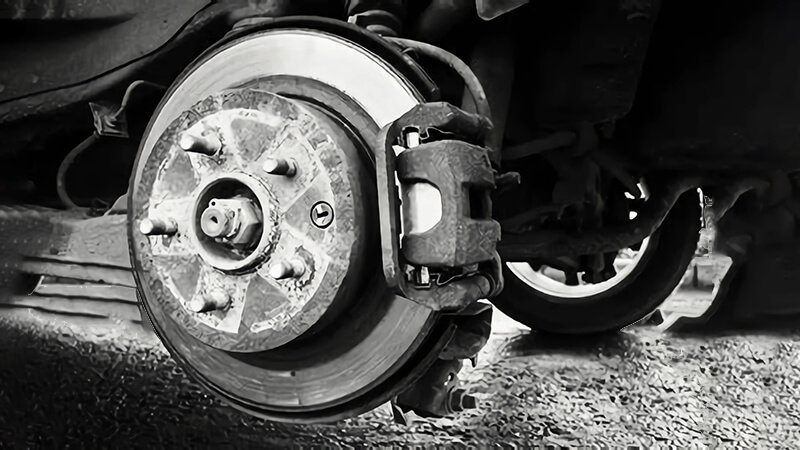
Is it safe to drive with worn brake pads?
If your brake pads are worn, you might wonder how long you can continue driving before replacing them. While it's tempting to put off the repair, driving with worn brake pads can be dangerous.
Driving with worn brake pads isn’t just risky—it’s a potential safety hazard. As brake pads wear down, they lose their ability to stop the car effectively, increasing the chance of accidents. Let’s look into why it’s important to replace worn pads immediately.
Worn brake pads affect the safety of your vehicle in a few critical ways, and continuing to drive with them can lead to significant problems.
Diminished Stopping Power
The primary function of brake pads5 is to create friction with the rotor, slowing down your vehicle. As the pads wear down, they lose their ability to create sufficient friction. This means you’ll need to press harder on the brake pedal to achieve the same stopping power. In an emergency situation, this could make the difference between stopping in time or getting into an accident.
Increased Wear on Other Components
Driving with worn brake pads doesn’t just affect the pads themselves—it can also cause damage to other parts of the brake system. For example, the rotor can become scored or damaged from direct contact with the caliper, which can lead to costly repairs down the line. This damage can also lead to vibrations or noise when you apply the brakes, further compromising safety.
Brake Fade and Overheating
As brake pads wear down, they are less able to handle the heat generated during braking. This can lead to brake fade, where the brakes lose their effectiveness due to excessive heat. In extreme cases, worn pads can even cause the braking system to overheat, leading to brake failure and unsafe driving conditions.
Certified Brake Pads for Safety
At Runex Auto, we focus on producing high-quality, certified brake pads designed to provide optimal performance, even under extreme conditions. Our pads are built with advanced materials that ensure durability and reduce wear, helping maintain your vehicle’s braking power longer. Choosing certified brake pads like ours ensures that you’re prioritizing safety and performance.
In short, driving with worn brake pads6 isn’t safe. If you notice signs of wear, it’s crucial to replace them immediately to avoid serious safety risks.

Do I need to bleed brakes after changing pads?
One question that often comes up when replacing brake pads is whether or not you need to bleed the brakes. It’s an important step in the process, but do you always need to do it? Let’s explore when brake bleeding is necessary.
Bleeding the brakes is required if air has entered the brake lines, which can happen during brake pad replacement. If the brake pads were replaced without opening the brake lines, you likely won’t need to bleed them. Let’s dive deeper into when and why brake bleeding is necessary.
Bleeding the brakes is a critical part of maintaining the performance of your vehicle’s brake system, but it’s not always necessary when replacing brake pads.
When Brake Bleeding is Necessary
Brake bleeding is required when air has entered the brake lines, which can happen if the brake caliper is removed or if the brake fluid7 is low. When air gets into the brake lines, it can cause the brake pedal to feel spongy or unresponsive. If you’ve had to remove or replace brake lines, or if the brake fluid level is low, bleeding the brakes will restore the system’s effectiveness.
The Process of Brake Bleeding
The process of brake bleeding involves removing air from the brake lines to ensure that the brake fluid can flow properly. This ensures the brake pedal feels firm and responsive. It’s a relatively simple process, but it requires some skill and the right tools, such as a brake bleeder kit or a vacuum pump.
When It’s Not Necessary
If you’ve only replaced the brake pads and haven’t touched the brake lines, you likely won’t need to bleed the brakes. However, if you notice any issues with the brake pedal’s responsiveness after replacing the pads, it’s a good idea to check the fluid levels and bleed the brakes if necessary.
At Runex Auto, we offer high-quality, certified brake pads that are designed for easy installation, reducing the likelihood of issues like air entering the brake lines. Our products help ensure a smooth, efficient brake pad replacement process.
In conclusion, brake bleeding8 is only necessary if air enters the brake lines, but it’s always a good idea to check the brake system after any repair to ensure optimal performance.
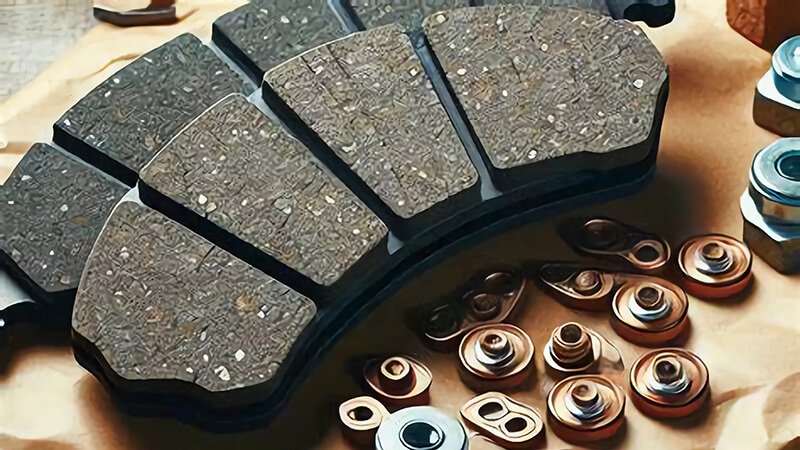
Conclusion
Replacing your car’s brake pads9 is an essential maintenance task that can affect both your safety and vehicle performance. Whether you choose to tackle it yourself or rely on a professional, using certified parts like those from Runex Auto ensures a smoother, safer experience. With the right tools, knowledge, and quality components, you can ensure that your brake pads are replaced correctly and that your vehicle remains safe and reliable.
-
Understanding the brake caliper tool is essential for safe brake pad replacement, ensuring proper installation and performance. ↩
-
Exploring certified brake pads can help you choose high-quality options that enhance safety and performance in your vehicle. ↩
-
Discover expert tips and guidelines to ensure a safe and effective brake pad replacement process, enhancing your DIY skills and vehicle safety. ↩
-
Learn why using certified parts is crucial for vehicle safety and performance, ensuring your DIY efforts are successful. ↩
-
Understanding the function of brake pads is crucial for vehicle safety, as it highlights their role in stopping power and preventing accidents. ↩
-
Discover top-rated brake pads that enhance safety and performance, ensuring your vehicle stops effectively and prevents costly damage to other components. ↩
-
Learn how brake fluid plays a vital role in your vehicle's braking system and why maintaining it is essential for safety. ↩
-
Understanding brake bleeding is crucial for maintaining your vehicle's safety and performance. Explore this link for detailed insights. ↩
-
FInding the best auto brake pads from Runex Auto. ↩

